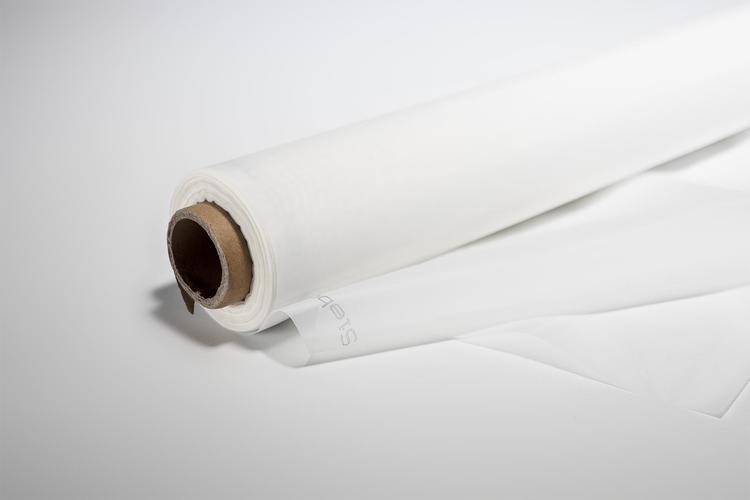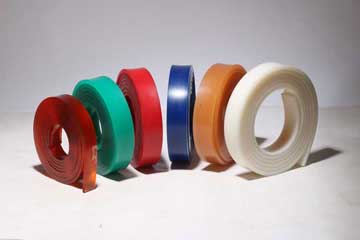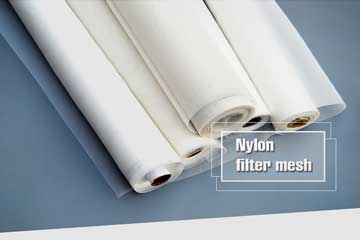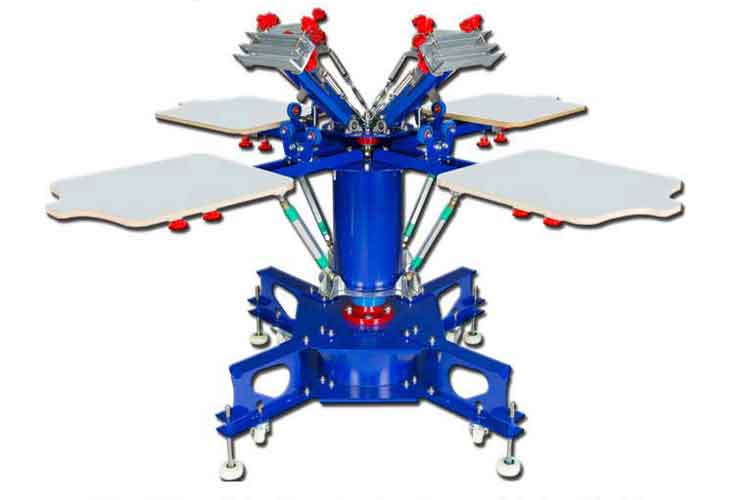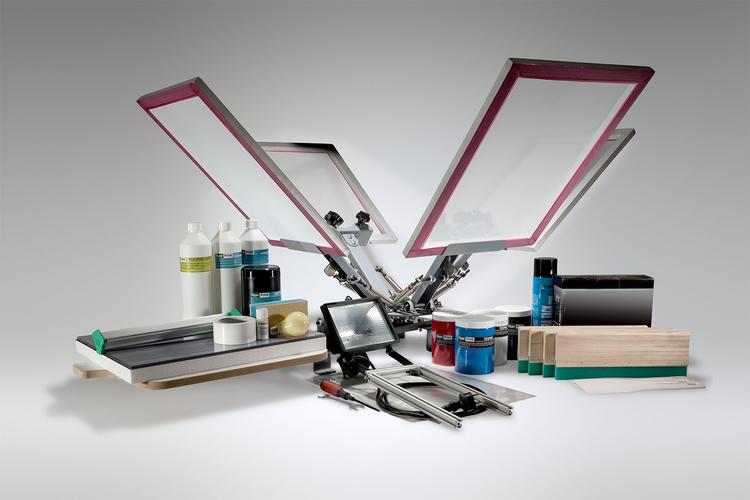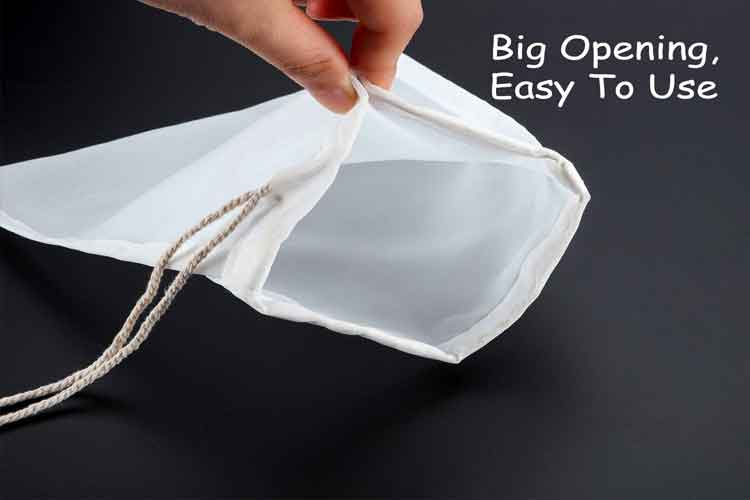Robust Coarse Filtration with #2 Size, 100 Micron Glazed Polypropylene Felt Liquid Filter Bags
The #2 Size 100 Micron Glazed Polypropylene Felt Liquid Filter Bags, Polypropylene Ring offer a durable, high‑flow solution for coarse bulk‑solids removal in Size 2 housings. Their glazed felt media, precise sealing, and seamless construction deliver reli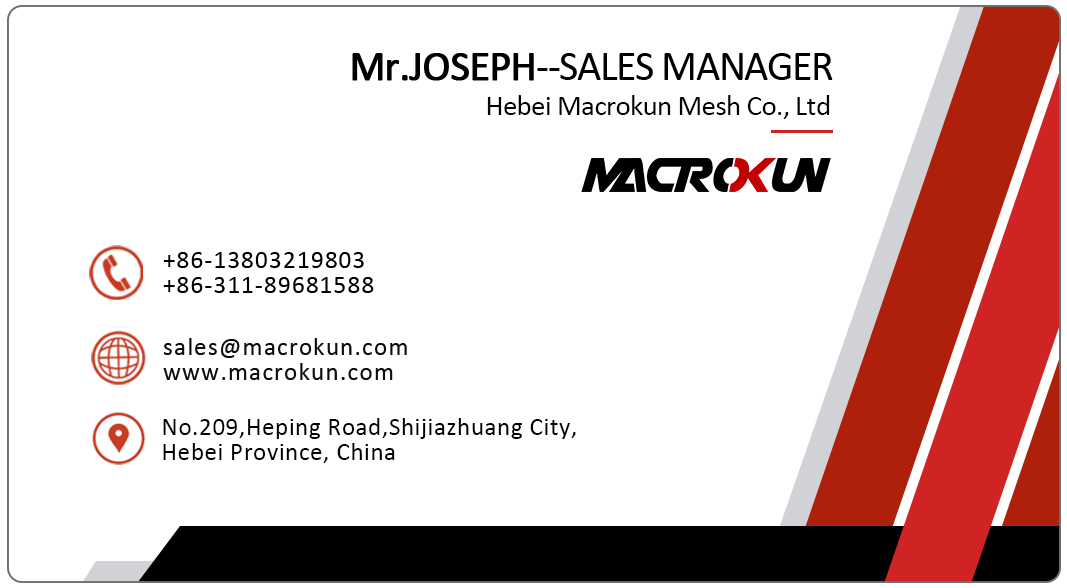
When you need to remove large particulates—such as sand, rust scale, weld spatter, or plant debris—quickly and efficiently, a coarse‑grade pre‑filter is your first line of defense. Our #2 Size 100 Micron Liquid Filter Bags, constructed from glazed polypropylene felt with a polypropylene “F” flange ring, deliver reliable depth‑filtration in standard 4″ × 10″ or 4″ × 20″ housings. Whether you’re protecting pumps and heat exchangers, clarifying process water, or extending the life of finer downstream filters, these 100 µm felt bags provide high flow capacity, minimal pressure drop, and chemical resilience.
This guide follows a proven structure—market overview, product fundamentals, key features, selection guidance, maintenance best practices, reasons to choose our bags, illustrative use cases, and actionable next steps—to help you deploy 100 µm bulk‑filtration with confidence and efficiency.
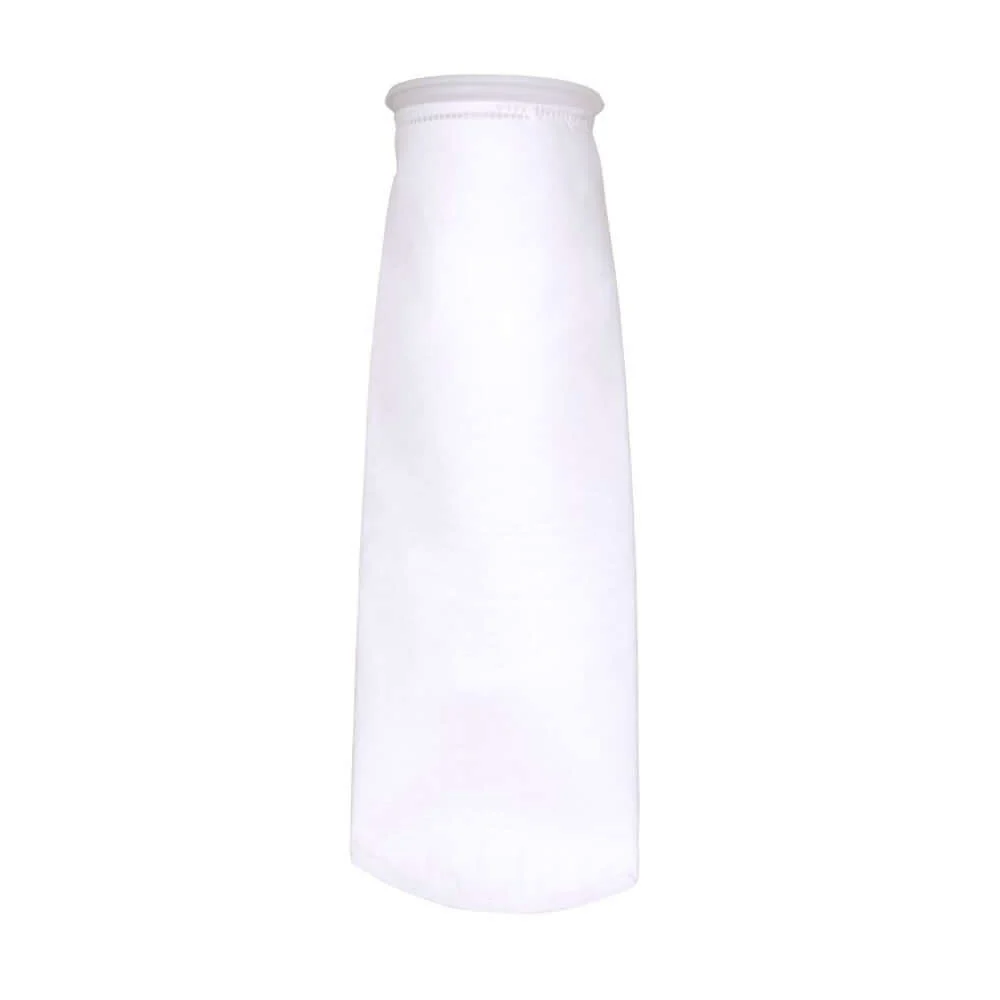
Market Overview: The Need for 100 Micron Pre‑Filtration
-
Heavy Solids Removal
Streams laden with coarse debris—grit, scale, biofilm clumps—must be tamed before finer filters or process equipment can handle them. A 100 µm pre‑filter traps the bulk, reducing wear and tear downstream. -
Maintaining High Flow Rates
Industrial and commercial processes often demand tens to hundreds of gallons per minute. Coarse‑micron felt bags sustain high throughput with low head loss, ensuring pump efficiency. -
Protecting Downstream Media
By capturing large particulates first, you prolong the service life of 5–25 µm polishing filters, UV lamps, and reverse‑osmosis membranes—saving on consumables and maintenance. -
Versatile Application
From cooling tower makeup and agricultural irrigation to brewery mash or wash‑water, 100 µm bags handle a wide pH range (1–14) and temperatures up to 200 °F when using glazed polypropylene felt. -
Simplified Inventory
Standardizing on 100 µm filter bags as your primary coarse‑filtration element streamlines stocking and ensures rapid response to high‑solids events.
Product Fundamentals: Anatomy of a #2 Size 100 Micron Felt Bag
-
Media: Glazed polypropylene felt engineered for nominal retention of ~85–95% of particles ≥100 µm, with a smooth, glazed surface that resists fouling and promotes easy debris release.
-
Bag Size: “Size 2” indicates a 4″ internal diameter and a choice of 10″ or 20″ length, fitting all standard Size 2 housings (single, dual, or multi‑bag configurations).
-
Seal Ring: Polypropylene “F” flange collar molded for precise, leak‑free seating on housing ledges, preventing bypass in aqueous, acidic, or alkaline streams.
-
Construction: Ultrasonic or heat‑welded seams eliminate stitch‑hole bypass and prevent fiber migration, supporting up to 75 psi differential pressure.
Key Features of Our 100 Micron Glazed Felt Bags
1. Coarse‑Particle Capture
-
Nominal 100 µm Rating: Efficiently removes large debris—sand, seeds, rust flakes—before they damage downstream components.
2. Glazed Polypropylene Felt Media
-
Smooth Surface: Glazing reduces media clogging, allows rapid shedding of trapped solids, and maintains low ΔP.
-
Chemical & Thermal Tolerance: Polypropylene resists pH 1–14 fluids and withstands temperatures up to 200 °F.
3. Polypropylene “F” Flange Ring
-
Positive Seal: Rigid flange seats flush against the housing ledge, guaranteeing all fluid flows through the media.
-
Inert Compatibility: Suitable for a wide range of industrial and potable water applications.
4. Seamless Weld Construction
-
No Stitch‑Hole Leakage: Ultrasonic or heat seals bond media flawlessly, eliminating bypass and fiber release.
-
Durability: Seams withstand full differential pressures without delamination.
5. Flexible Length Options
-
10″ & 20″ Choices: Short bags for compact systems and lower flows; longer bags for extended runtimes and higher throughput.
6. Low Initial Pressure Drop
-
Optimized Media Loft: Balances coarse retention with minimal starting ΔP, preserving pump efficiency from startup.
Selecting the Right Configuration
A. Match Micron Rating to Solids Profile
-
Very Coarse Streams: If debris is predominantly >100 µm, these bags serve as the first‑stage filter to preserve downstream stages.
-
Two‑Stage Approach: For mixed debris sizes, use 100 µm bags as pre‑filters ahead of 50 µm or finer elements.
B. Determine Flow & Housing Requirements
-
Flow Capacity: 10″ Size 2 bags handle ~10–15 GPM; 20″ bags up to ~20–30 GPM per bag. Multi‑bag housings scale beyond.
-
Pressure Constraints: Ensure system pumps can meet required backpressure; bags rated to 75 psi differential.
C. Validate Chemical Compatibility
-
Process Fluids: Polypropylene media and ring resist most aqueous, acid, and alkaline streams; for strong solvents, consider PTFE alternatives.
-
Sanitary Needs: Glazed polypropylene is food‑grade compliant for beverage and food processing.
D. Decide Disposal vs. Reuse
-
Disposable Mode: Simplifies changeouts in sanitary or hazardous environments.
-
Reusable Mode: For non‑toxic streams, wash or back‑flush to clear debris, then inspect before reuse.
E. Ensure Proper Sealing & Support
-
Gasket Compatibility: Confirm housing O‑rings or gaskets match F‑flange dimensions to prevent bypass.
-
Support Cages: Verify internal baskets fit and support bags under flow conditions without collapse.
Maintenance Best Practices
1. Monitor Differential Pressure
-
Install Gauges: Track ΔP to determine when bags are reaching capacity—target changeout at ~15–20 psi.
2. Proper Bag Changeout
-
Safe Handling: Use gloves and changeout tools to minimize contact with captured solids.
-
Housing Cleaning: Wipe internals during each change to remove settled debris and preserve seal surfaces.
3. Disposal & Cleaning Options
-
Non‑Hazardous Solids: Dispose per facility protocols; glazed surface facilitates debris removal.
-
Hazardous Streams: Follow regulatory guidelines for contaminated media disposal.
4. Seal & Housing Care
-
Inspect Gaskets: Replace worn seals to maintain bypass‑free performance.
-
Clean Support Cages: Remove accumulated solids to ensure even flow distribution across bags.
5. Documentation & Optimization
-
Service Logs: Record installation dates, ΔP readings, and volume filtered to refine change intervals.
-
Effluent Testing: Periodically measure turbidity to confirm nominal retention performance.
Why Choose Our 100 Micron Glazed Felt Bags?
-
Efficient Bulk Removal: Nominal 100 µm rating clears large solids with minimal clogging.
-
Glazed Media: Smooth surface resists fouling and eases debris release.
-
Reliable Sealing: Polypropylene F‑flange ring ensures bypass‑free operation.
-
Seamless Construction: Welded seams prevent stitch‑hole leakage and fiber migration.
-
Flexible Lengths: Available in both 10″ and 20″ to match your system needs.
-
Stringent QC: Batch‑tested for retention, flow rate, and dimensional accuracy to meet ISO and industry standards.
Illustrative Use Cases
-
Cooling Tower Makeup: HVAC systems use 100 µm bags to remove scale and biological debris before chemical treatment, extending chemical feed cycles.
-
Brewery Wash‑Water: Craft breweries filter mash and cleaning return water through 100 µm bags, protecting recirculation pumps and downstream fine filters.
-
Municipal Pre‑Treatment: Water plants employ 100 µm pre‑filters to capture grit and sediment ahead of sand filters, reducing maintenance frequency.
-
Industrial Slurry Clarification: Manufacturing lines use 100 µm bags to trap metal fines and particulate before pump suction, preventing impeller damage.
Summary and Next Steps
The #2 Size 100 Micron Glazed Polypropylene Felt Liquid Filter Bags, Polypropylene Ring offer a durable, high‑flow solution for coarse bulk‑solids removal in Size 2 housings. Their glazed felt media, precise sealing, and seamless construction deliver reliable performance, protecting downstream equipment and streamlining your filtration train.
Next Steps:
-
Assess Solids Profile: Identify particle size distribution in your process stream.
-
Select Bag Length: Choose 10″ or 20″ based on flow rate and housing depth.
-
Install ΔP Monitoring: Equip housings with gauges to optimize change‑out timing.
-
Standardize Changeout Procedures: Train staff on safe, efficient bag replacement and housing maintenance.
-
Monitor Performance Metrics: Track effluent clarity, equipment uptime, and consumable usage to validate filtration ROI.
Incorporate these 100 µm glazed felt filter bags into your process to ensure continuous, contaminant‑free fluid delivery, extend equipment life, and maintain efficient, uninterrupted operations.
Pre:Streamline Bulk Solids Removal with #2 Size, 50 Micron Polyester Felt Liquid Filter Bags
Next:Complete Filtration Readiness: #4 Size Filter Bag Starter Pack, Polyester Felt, Polypropylene Ring
Tags:
